|
   |
|
Page 4 |
Newsletter 149 Summer 2025 © Hampshire Mills Group |
|
The Mill Architect
Ashok Vaidya
Previously published in the Mills Archive Trust
Newsletter, 24 February 2025
| |
|
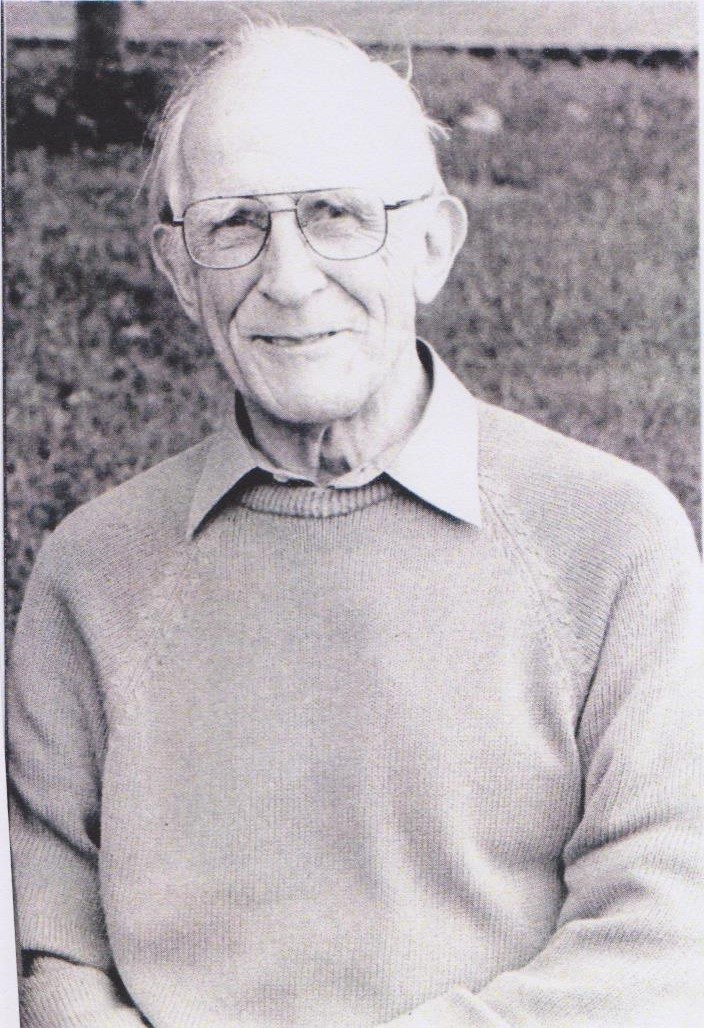
|
I first met architect John Reynolds when I was
editing the Mills and Millers of Hampshire
set of books for the Hampshire Mills Group. He
kindly welcomed me to his home and showed me the
drawings he had made and the photographs he had
taken of Hampshire mills, generously inviting me to
use whatever was useful.
John had lived a full and varied life, first in the
Merchant Navy where he was an officer for the Blue
Funnel Line, travelling all over the world including
the Far East, Australia, and the USA. After meeting
his future wife Joan in Canterbury, marrying in
1951, he decided to leave the sea and train as an
architect. By 1960 he had completed his
qualifications and taken a job with Hampshire County
Council (HCC). The family moved to Hatherley Road,
Winchester, where they lived for the rest of their
life together.
As Historic Buildings Officer for HCC, John was
involved with the restoration of Bursledon Windmill,
Whitchurch Silk Mill, Fort Nelson (the Napoleonic
fort at Portsmouth), Basing House, and Odiham
Castle, amongst many other projects. By the time I
met him John was retired, but still keeping busy –
he was Clerk of Works for some years at Twyford
Waterworks, a founding member of the Winchester and
District Model Engineering Society, and an active
member of the Hampshire Mills Group. John loved to
paint too, showing at exhibitions at the Art Club in
Winchester.
|
|
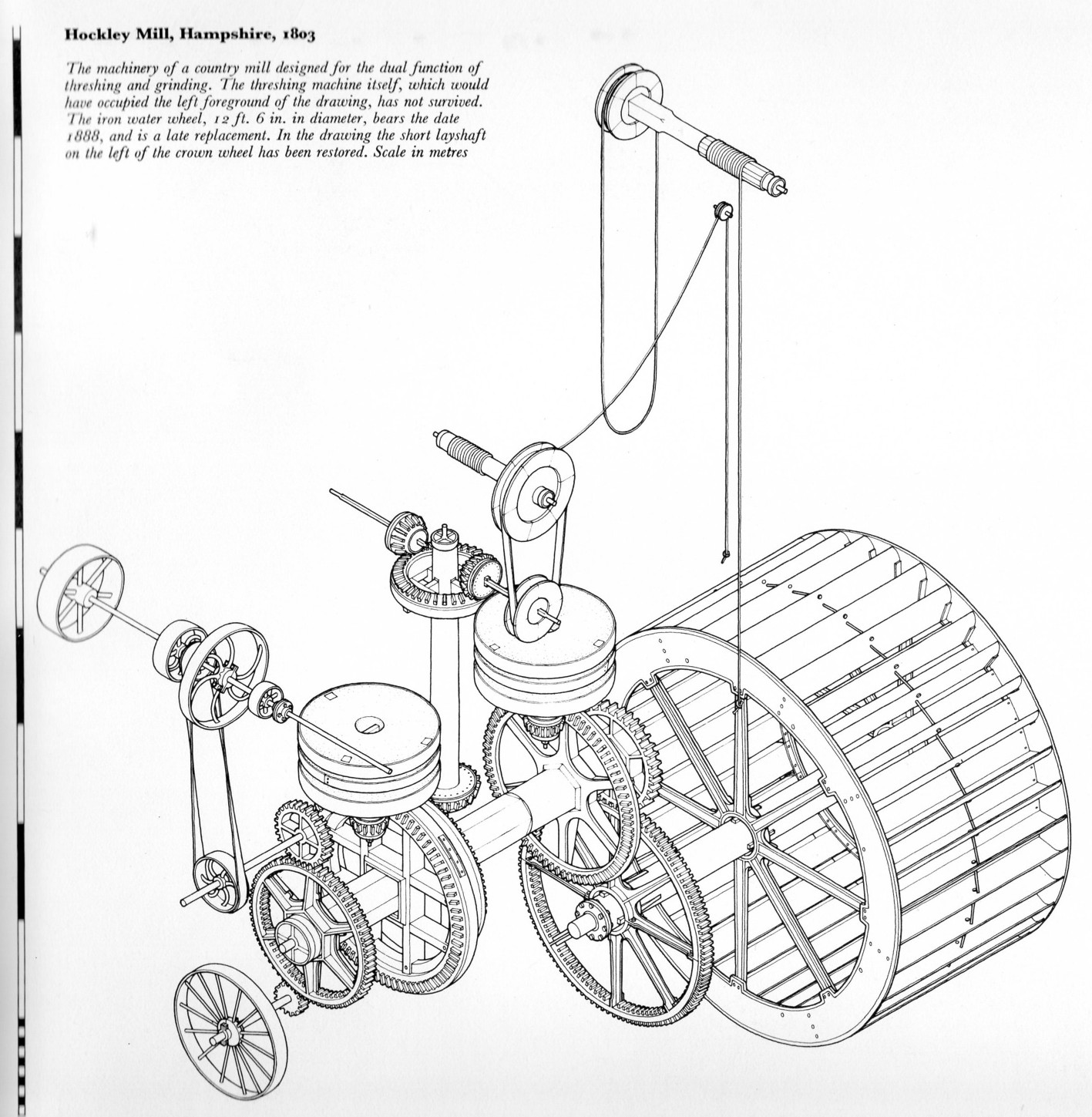
John’s drawing of machinery in Hockley Mill,
Hampshire
|
|
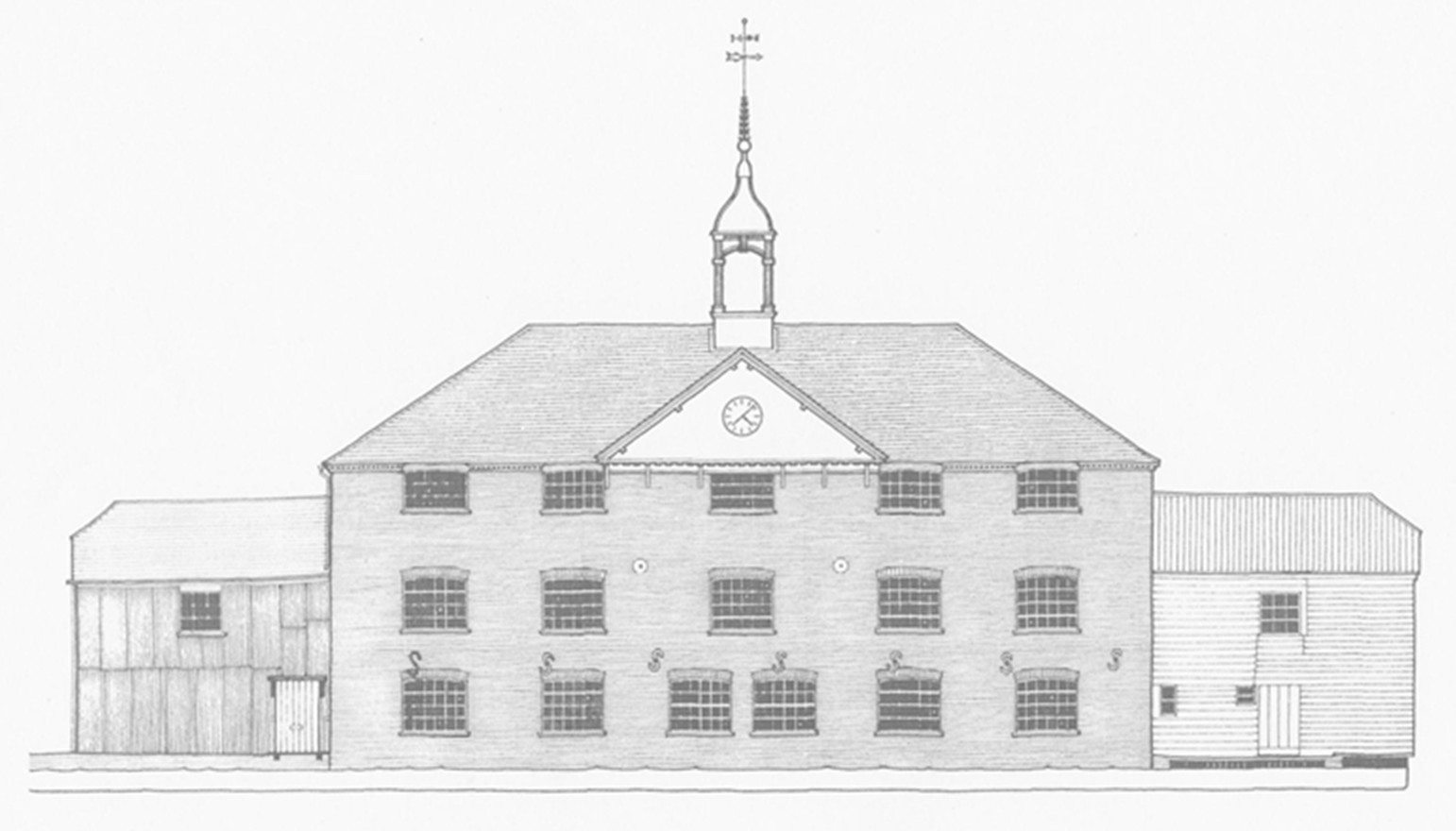 |

|
|
John’s drawings of Whitchurch Silk Mill
Whitchurch Silk Mill
|
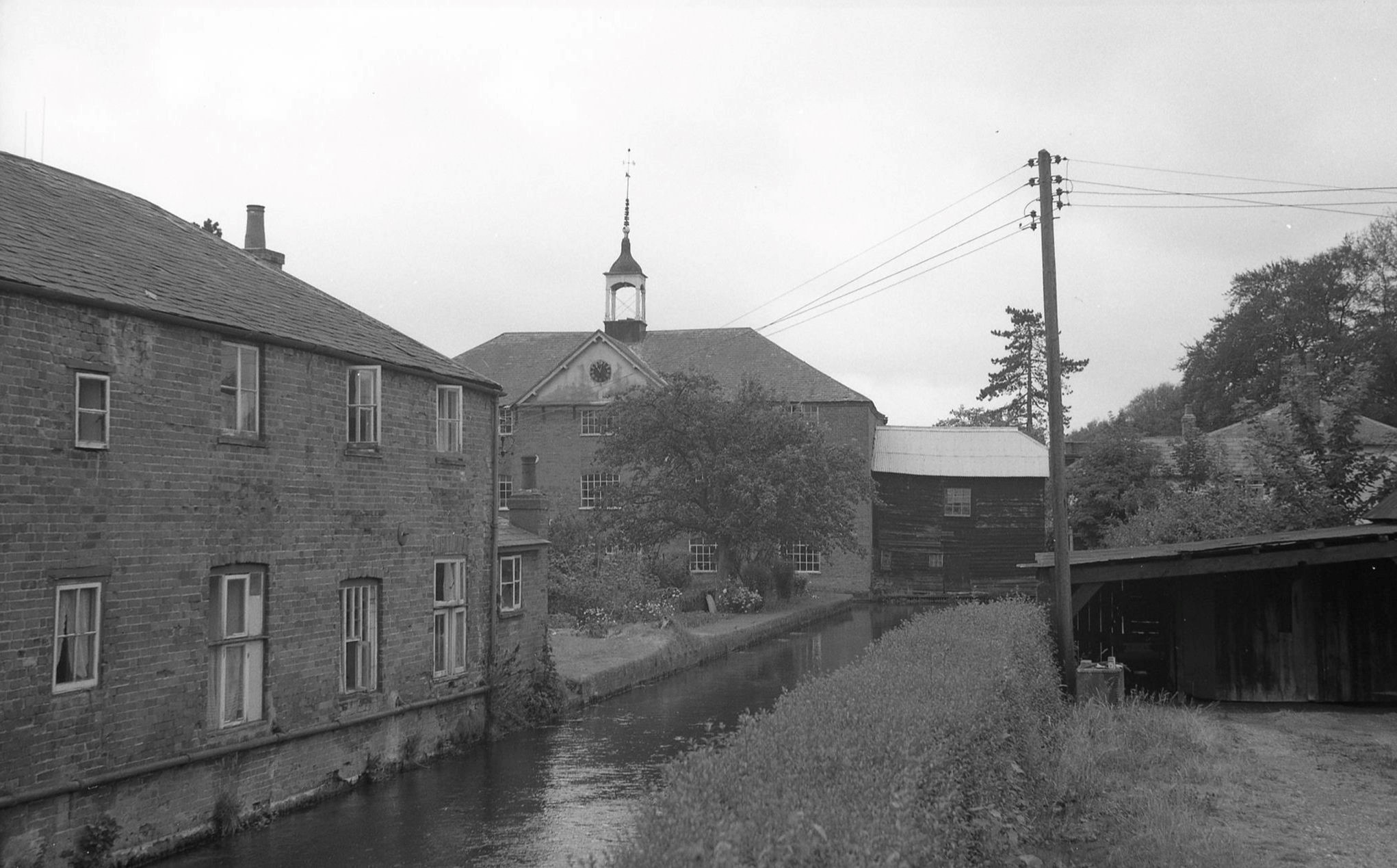
|
|
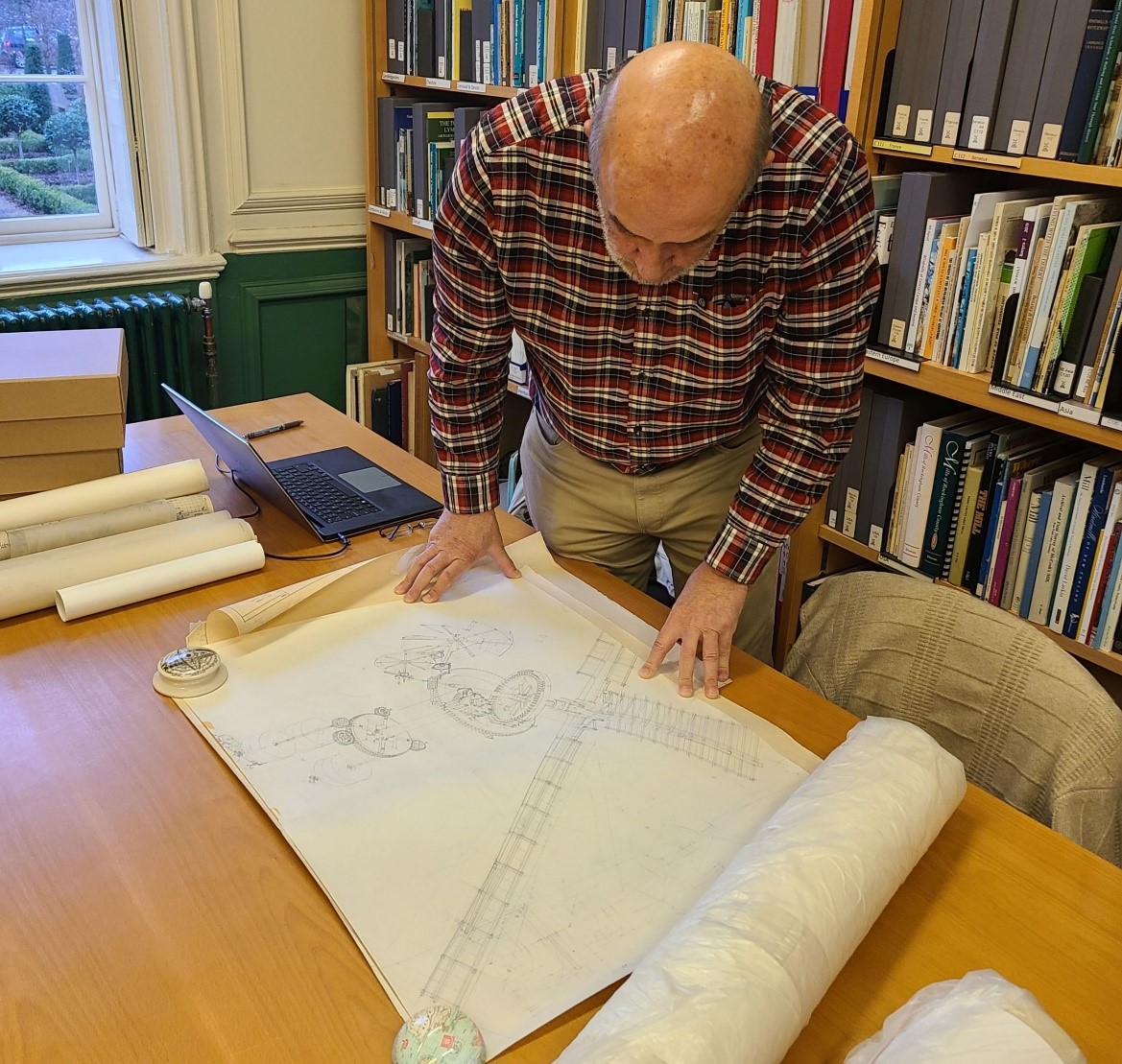
Cataloguing the Reynolds drawings
Nathanael Hodge |
Over twenty years after that first meeting I sat
with the same drawings and photos as I helped scan
and catalogue them at the Mills Archive. John
himself had passed away in 2016, aged 89, but his
family have kindly donated his extensive collection
of mill-related drawings and photos to the Archive,
including many more photos, not just those of
Hampshire mills.
Two things struck me while working through the
collection. You could see his architect’s approach
to the photos he took – the framing, lighting, and
positioning of the camera. These make the images
quite special.
Secondly, I was amazed looking at the drafts of his
mill drawings – here you could see his working, all
done with pencil and ruler (and maybe a rubber), to
create a perfect perspective of complicated gearing
and mill wheels. No computer involved, just skill
and time.
The final published drawings lost the workings and
were more polished, but for me a greater pleasure
was seeing how he set up the perspective for getting
individual teeth on bevel gears looking exactly
right. Architect training, meticulous attention to
detail and precision. This summed John up.
|
|
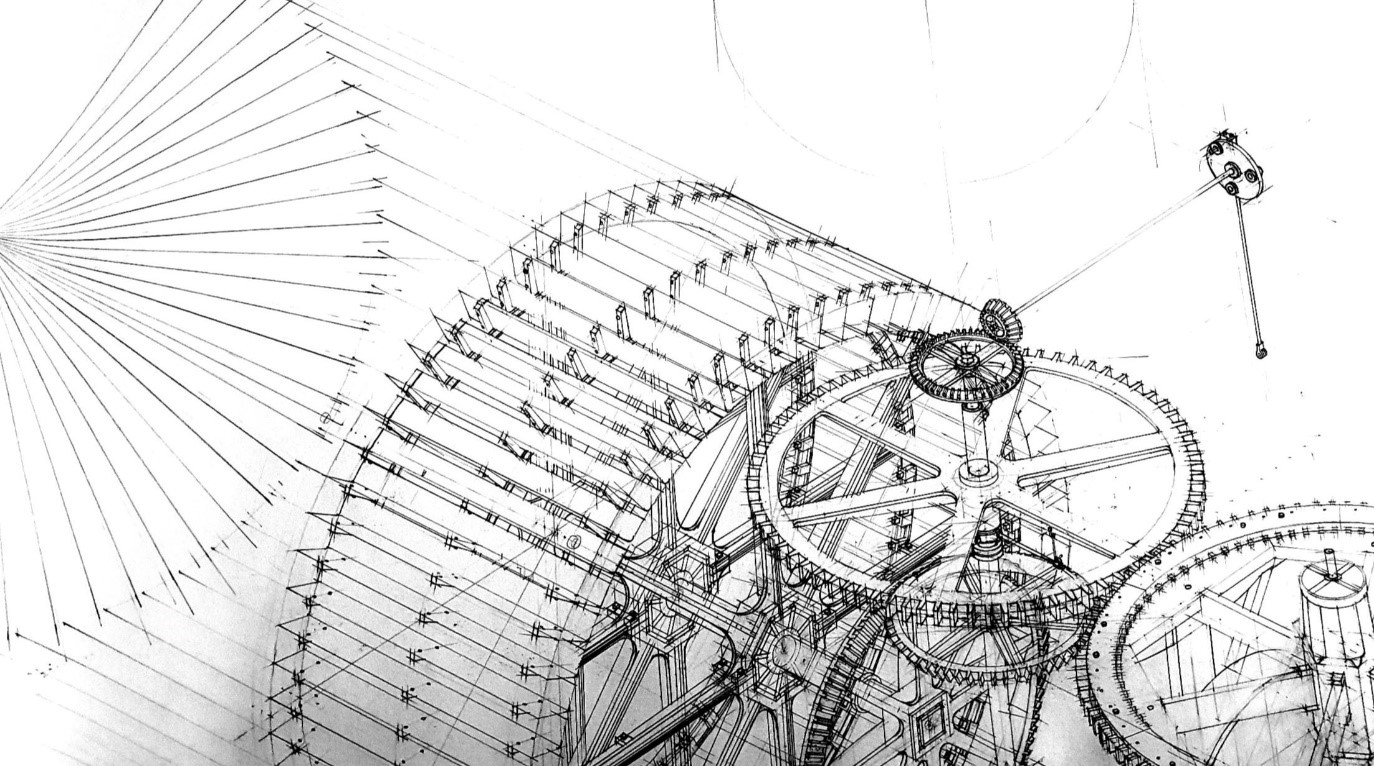
One of John’s working drawings
|
|
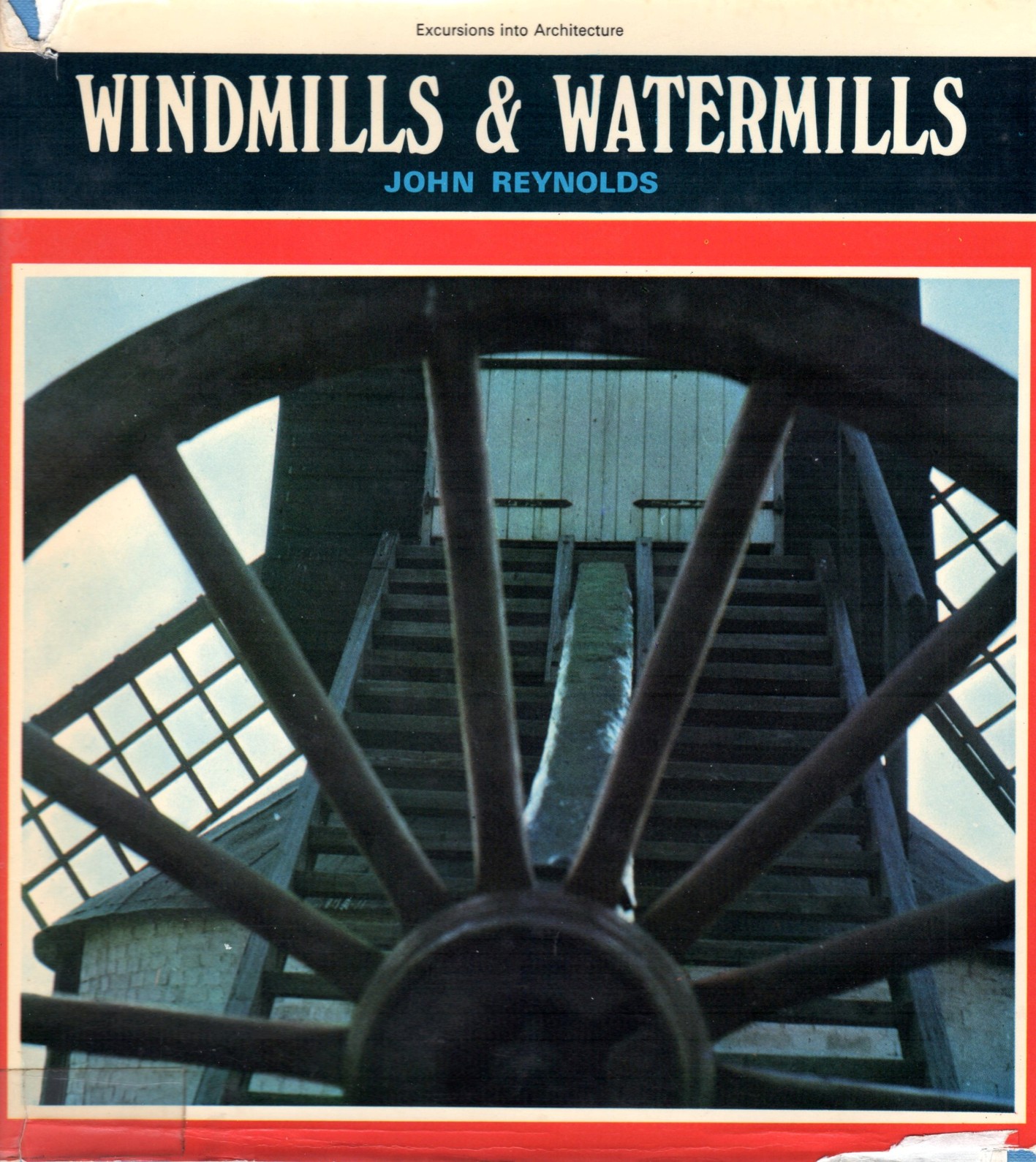 |
A lot of his photos and drawings were prepared to be
used in his seminal book Windmills and Watermills,
published in 1970 after years of research, and which
remains a comprehensive and authoritative survey of
the development of mills, milling and milling
machinery.
Hampshire Mills Group and the wider mills community
have lost a valued and respected friend, but we take
heart from knowing that his drawings and photos are
preserved in the Mills Archive, and will be
available to everyone on the their website.
John Reynolds’ book, featuring many of his drawings
and photos, is available for purchase on the
Mills Archive website
new.millsarchive.org.
Editor:
I first came across John Reynolds’ book – long
before I joined HMG and long before I met John –
while we were living in the USA in the small town of
Saugerties in upstate New York, in its unexpectedly
good local library. |
| |
|
   |
|
|
